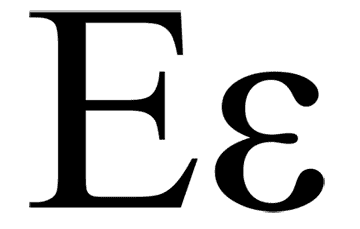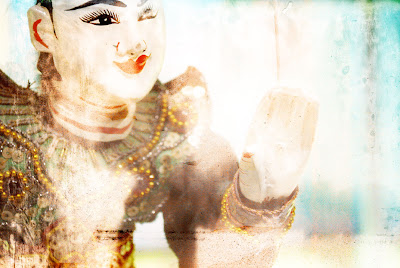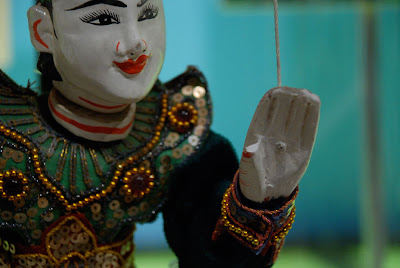
Andrea Zittel rocks.
There are undoubtedly
finer writers with more nimble minds who can provide a comprehensive, heavily syllabled, dissertation on the work she presented over the course of the evening. I have opted to put my energies towards a low-brow rant instead.
I've been attending artist lectures since the days when humming slide projectors glowed hot in the back of darkened halls. With a couple exceptions, I can safely say that very few of the lectures in those days suffered from one tenth of the technical difficulties that plague modern presentations. Fancy laptops and digital displays may be the norm for every new speaking venue today, but you can tell that as a society we take for granted our mastery of these new technologies. Plug-and-play (which, by the way, was a concept that couldn't be realized until 1996, roughly ten years after computers entered the middle class home) continues to be about as easy as changing your oil— which is to say that anyone can do it, but few can do it without some unforeseen difficulty.
So after some fresh-faced Portlander bumbled through what might be the most painful introductory speech I've ever encountered: rife as it was with "ums," random shout-outs for local artists, feeble fundraising plugs, and frequent confusion about which canned biographical tidbit he was meant to be reading, Andrea Zittel took over the podium. The audience visibly relaxed, and the fear that we might all have just been represented to a preeminent contemporary artist as West Coast bumpkins dimmed in time with the overhead lights.
Then the real trouble began. Ms. Zittel immediately realized that the image ratio of her slides was wrong. Such an observation is expected of a visual artist, although I doubt many of us in the packed lecture hall would have noticed. She started fussing with the settings and the screen went blue. Then it went black.
The narrative ground to a halt as Zittel attempted to work through the technical difficulties and then, in slight frustration, she picked the narrative back up without any projection. Instead she hoisted her computer up and turned the screen toward the room. The artist lecture with 200 odd audience members became an inane library story-hour wherein only the ten closest people to Zittel were able to see the images on her laptop monitor. Despite her gently swinging the monitor in an arc to show the image to the entire crowd, it was impossible to make out any detail on a 15" screen when seated 12 rows back in a lecture hall. Was there no one who could resolve this aspect ratio debacle?
Enter PSU IT guy (well, enter his speaking role anyway, as he'd been poking about at the podium for a few minutes at this point). Oh higher educated IT guy, explain to us simple art enthusiasts why things have gone so wrong: "Well, the old projector had this button you could push that fixed this problem and this new projector doesn't have the same buttons."*
Phew! A wave of relief flooded over the room as the root of the difficulty was so brilliantly exposed. Granted, none of us grasped how to resolve this fundamental problem of button absence, but we felt better knowing that the foibles of our technologies could be quickly assessed and diagnosed.
Eventually things got back on track and Ms. Zittel was able to turn her attention to the task at hand— outlining a decade of artistic inquiry into an aesthetic of manicured simplicity. Those of us concerned with Portland appearing like a quaint artistic backwater slowly forgot the pathetic gaffs of the first half hour as we sat back and admired the prodigious output of a woman who might be better described as a fierce individualist rather than an artist. Had Zittel come of age in a time prior to Duchamp, she would have just been considered a kooky community eccentric rather than a purveyor of contemporary domestic aesthetics.
In America today, where individuality is no longer a construct of idealism, but a marketing tool for moving cheap commodity, I suppose the only place a character as unique as Zittel might be appreciated is in the ivory tower of the art world. I was in the midst of considering this idea when Zittel came to a close and, with the slightest trace of hesitation in her voice, proclaimed with a slight nod towards her computer, "If I turn this off now we will go into darkness."
I don't think she was afraid of the dark, she was simply afraid that we wouldn't be able to find the lights. And that might be the best metaphor to come out of her presentation. Obviously, she would be fine—
We were the ones who needed some help.
*OK, this isn't a quote verbatim, but it is certainly close enough to be considered the gist.
































